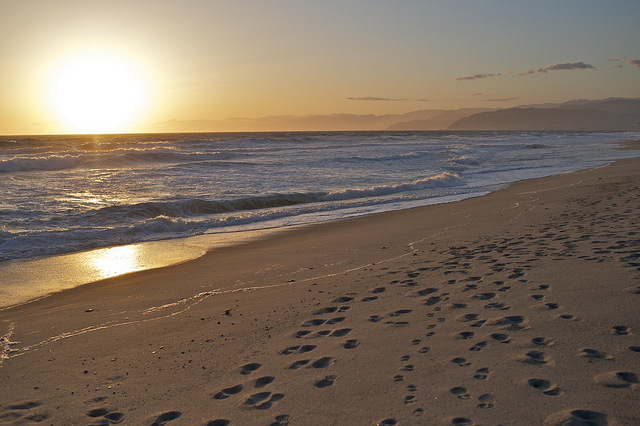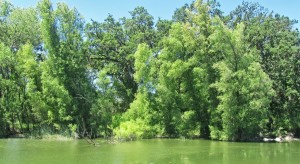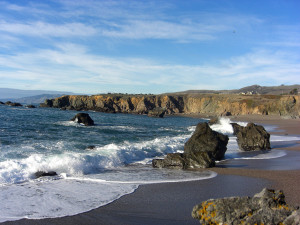A year ago, fans of McGrath State Beach helped raise $500,000 to keep this state park near Ventura, California, from closing its gates. They made headlines. They felt like heroes.
Their mood changed this summer, however, when they learned that while they were pleading for money from businessmen, local governments, and even little children, park administrators in Sacramento were sitting on a secret stash of $54 million.
“After the bad news,” says one of their leaders, Cindy Crawford, “Save McGrath just fizzled.”
Multiply that fizzle by all the people who tried to help rescue the 70 California state parks on a 2011 closure list—and you have some idea why Governor Jerry Brown and the state legislature are extending an olive branch to park donors and groups this fall. In a bill signed in September, A.B. 1478, they’ve offered $10 million to match donations made to parks on the closure list. They’ve also provided $500,000 for audits and investigations and $10 million for urgent park infrastructure and maintenance problems. Moreover, the new law forbids any park closures for the next two years.
After passage of the law, acting parks director Janelle Beland sent an apology to park donors and groups.
“We are working to correct past errors, keep parks open and operating for our visitors and communities, and move forward with an accounting and management structure that you can trust,” she said. “I urge you not to withdraw your donations and support.”
Rules for how the matching money will be distributed are currently being formulated by the state parks department. The approach proposed by the California State Parks Foundation (CSPF), an independent nonprofit that has raised more than $800,000 to avoid park closures since 2011, would involve matching gifts in the form of state services, not cash gifts to individuals or non-profits.
For example, CSPF signed an agreement last spring to donate $150,000 to the state parks department to keep Los Encinos State Historic Park, north of Los Angeles, open for two years. CSPF president Elizabeth Goldstein says that agreement could be renegotiated, using the matching funds to keep the park open for years one and two, and CSPF’s money for years three and four. That approach would give the park four years, instead of two, to secure long-term funding.
Alternatively, Goldstein suggests, matching funds could be used to expand services at some parks, for example by providing the resources to keeping a park open three days a week instead of two. In a few cases where nonprofits and local governments have signed agreements to operate parks (rather than just donate money), the state could provide additional services, such as law enforcement or maintenance, to match the nonprofit’s contribution, Goldstein says.
As to the bill’s overall effect, Goldstein says, “It was necessary, and it was not a slam-dunk. There were definitely legislators who said, ‘Why should we reward state parks for having sequestered money?’”
“But under no circumstances does it change the underlying funding problems of state parks,” Goldstein says. “We’ve still got $1.3 in deferred maintenance. And when these new one-time funds are spent, the department will still have a third less in general funds than it had four years ago.”
On top of the allocations and apologies, the appointment of a new parks director, expected soon, could help clear the air. In the long run, though, one big unknown—how the public will react—is what matters most. “If park organizations have lost the ability to fundraise because their community is fed up,” Goldstein says, “some of the parks that now have reprieves will close.”





